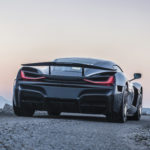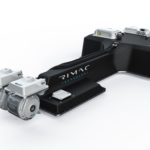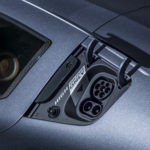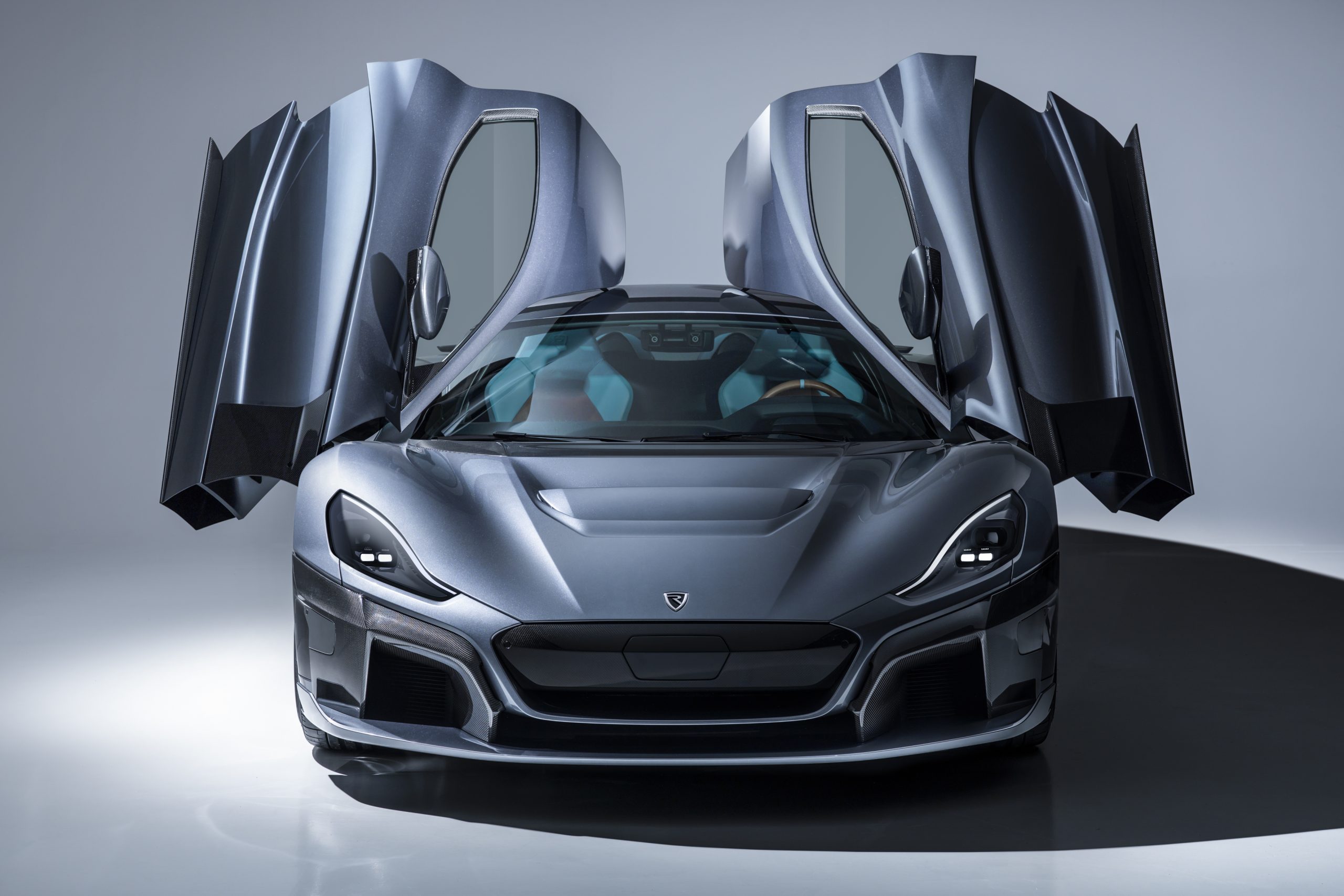
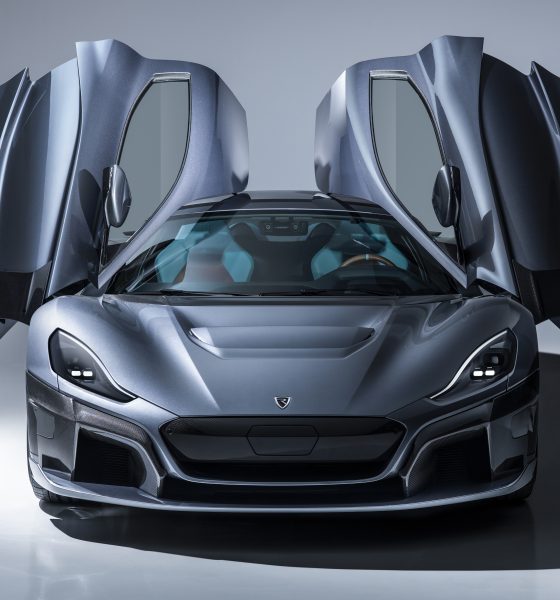
News
Tesla Roadster rival Rimac to partner with China for battery and electric motor factory
Rimac Automobili, the auto startup behind the all-electric hypercars Concept_One and C_Two, has signed a deal with China’s Camel Group, a prominent battery manufacturer, to build an electric motor and battery factory in the world’s most populous country.
Rimac is reportedly investing roughly $6.1 million into the $158.2 million joint venture with the Camel Group. The two companies will be operating in China under the name Zhongkeluorui Technology Co. Ltd., which will be privy to the technology and knowledge that the exclusive hypercar-maker has acquired over its tenure in the electric car industry. For its investment and contribution to the joint venture’s tech, Rimac would hold 40 percent of the Zhongkeluorui Technology’s shares. The rest will be held by the Camel Group.
Zhongkeluorui Technology will be operating out of a factory that will be constructed in Xiangyang City, located in China’s Hubei province.
In a statement to Croatia-based media firm Poslovni Dnevnik, Mate Rimac, CEO and founder of Rimac Automobili, stated that his initiatives in China are key to the company’s goals, especially since the Far East Asian country holds the biggest market for electric cars and other modes of sustainable transport. This, together with China’s open commitment to embracing green technology, has convinced Rimac to pursue a partnership with the Camel Group for the joint venture.
“China is important to us because it represents the biggest market in the world for electric cars, buses, trucks and other methods of transport which are recording the biggest growth. China has been strategically committed to electric vehicles, and it plans to completely switch the transport to electric drive, so we made an exception for the Chinese market. The development and production for all other world markets will remain in Croatia,” Rimac said.
Rimac C_Two boasts 1,914 HP from four electric motors
In his statement to the Croatia-based news firm, Rimac asserted that his company’s partnership with the Camel Group would create a company that targets only the Chinese market. Despite the company’s strategy in China, Rimac stated that his company will still prioritize the development and creation of limited-series, high-performance vehicles like the recently revealed C_Two all-electric hypercar. As we recently reported, the C_Two can go from 0-60 mph in 1.85 seconds, beating the next-generation Tesla Roadster’s 0-60 time of 1.9 seconds.
Overall, Rimac’s moves to enter the Chinese market appears to have gone well due to the Croatia-based firm’s willingness to partner with a local company for its operations in China. This is something that Tesla is reportedly having problems on, as the Elon Musk-led firm prefers to hold sole ownership of its planned factory in Shanghai, whereas Chinese regulators demand that Tesla partner with a local firm. As we noted in a recent report, however, Shanghai officials recently released a statement claiming that talks between Tesla and Chinese regulators are progressing well.

News
Tesla Model 3 named New Zealand’s best passenger car of 2025
Tesla flipped the switch on Full Self-Driving (Supervised) in September, turning every Model 3 and Model Y into New Zealand’s most advanced production car overnight.
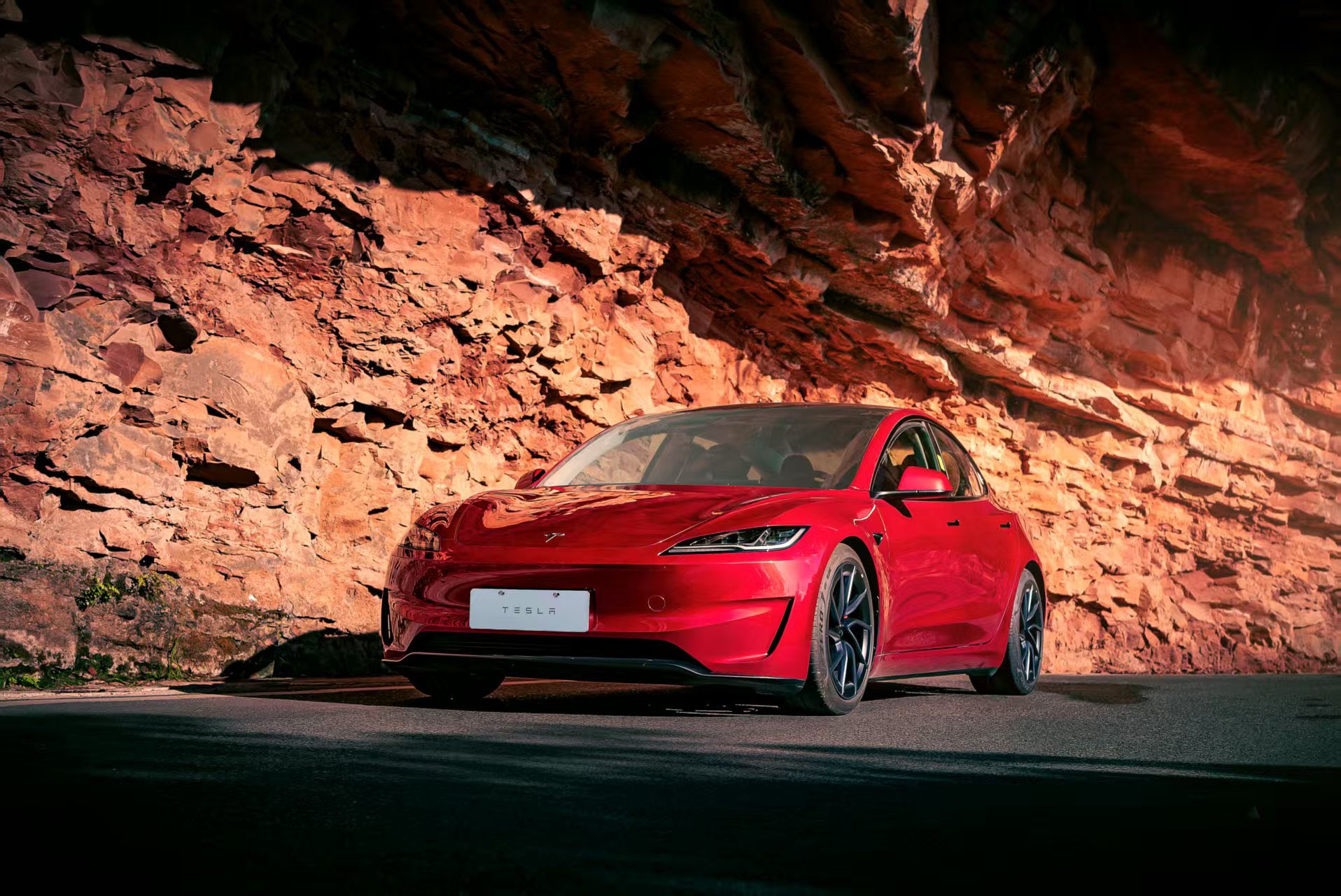
The refreshed Tesla Model 3 has won the DRIVEN Car Guide AA Insurance NZ Car of the Year 2025 award in the Passenger Car category, beating all traditional and electric rivals.
Judges praised the all-electric sedan’s driving dynamics, value-packed EV tech, and the game-changing addition of Full Self-Driving (Supervised) that went live in New Zealand this September.
Why the Model 3 clinched the crown
DRIVEN admitted they were late to the “Highland” party because the updated sedan arrived in New Zealand as a 2024 model, just before the new Model Y stole the headlines. Yet two things forced a re-evaluation this year.
First, experiencing the new Model Y reminded testers how many big upgrades originated in the Model 3, such as the smoother ride, quieter cabin, ventilated seats, rear touchscreen, and stalk-less minimalist interior. Second, and far more importantly, Tesla flipped the switch on Full Self-Driving (Supervised) in September, turning every Model 3 and Model Y into New Zealand’s most advanced production car overnight.
FSD changes everything for Kiwi buyers
The publication called the entry-level rear-wheel-drive version “good to drive and represents a lot of EV technology for the money,” but highlighted that FSD elevates it into another league. “Make no mistake, despite the ‘Supervised’ bit in the name that requires you to remain ready to take control, it’s autonomous and very capable in some surprisingly tricky scenarios,” the review stated.
At NZ$11,400, FSD is far from cheap, but Tesla also offers FSD (Supervised) on a $159 monthly subscription, making the tech accessible without the full upfront investment. That’s a game-changer, as it allows users to access the company’s most advanced system without forking over a huge amount of money.
News
Tesla starts rolling out FSD V14.2.1 to AI4 vehicles including Cybertruck
FSD V14.2.1 was released just about a week after the initial FSD V14.2 update was rolled out.

It appears that the Tesla AI team burned the midnight oil, allowing them to release FSD V14.2.1 on Thanksgiving. The update has been reported by Tesla owners with AI4 vehicles, as well as Cybertruck owners.
For the Tesla AI team, at least, it appears that work really does not stop.
FSD V14.2.1
Initial posts about FSD V14.2.1 were shared by Tesla owners on social media platform X. As per the Tesla owners, V14.2.1 appears to be a point update that’s designed to polish the features and capacities that have been available in FSD V14. A look at the release notes for FSD V14.2.1, however, shows that an extra line has been added.
“Camera visibility can lead to increased attention monitoring sensitivity.”
Whether this could lead to more drivers being alerted to pay attention to the roads more remains to be seen. This would likely become evident as soon as the first batch of videos from Tesla owners who received V14.21 start sharing their first drive impressions of the update. Despite the update being released on Thanksgiving, it would not be surprising if first impressions videos of FSD V14.2.1 are shared today, just the same.
Rapid FSD releases
What is rather interesting and impressive is the fact that FSD V14.2.1 was released just about a week after the initial FSD V14.2 update was rolled out. This bodes well for Tesla’s FSD users, especially since CEO Elon Musk has stated in the past that the V14.2 series will be for “widespread use.”
FSD V14 has so far received numerous positive reviews from Tesla owners, with numerous drivers noting that the system now drives better than most human drivers because it is cautious, confident, and considerate at the same time. The only question now, really, is if the V14.2 series does make it to the company’s wide FSD fleet, which is still populated by numerous HW3 vehicles.
News
Waymo rider data hints that Tesla’s Cybercab strategy might be the smartest, after all
These observations all but validate Tesla’s controversial two-seat Cybercab strategy, which has caught a lot of criticism since it was unveiled last year.
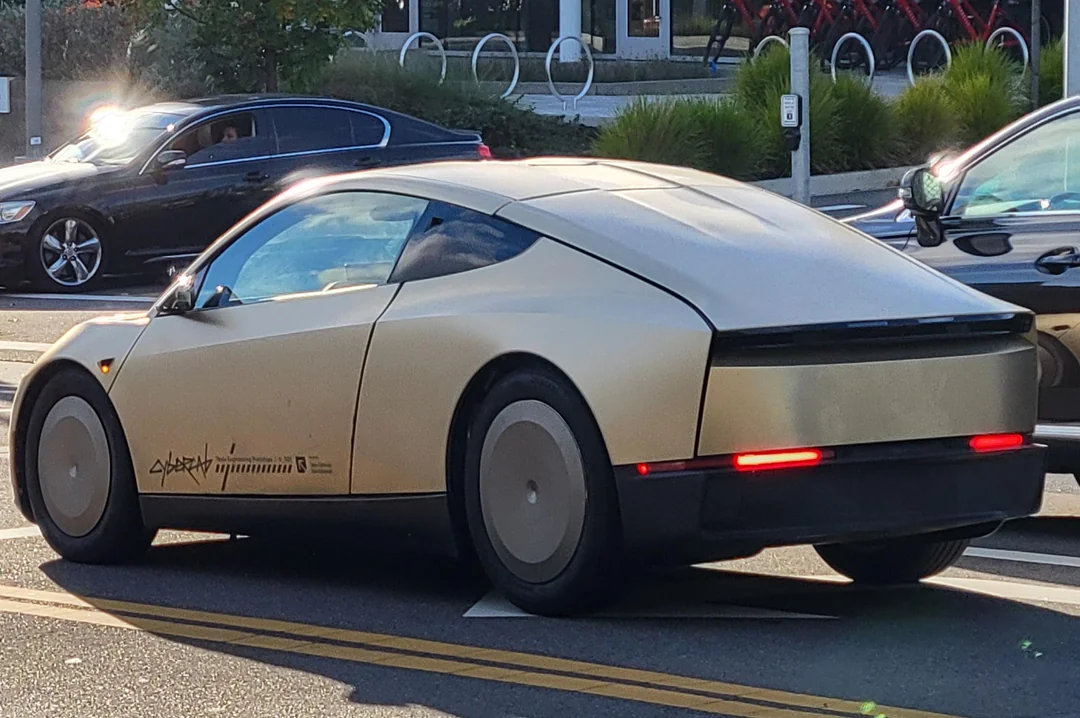
Toyota Connected Europe designer Karim Dia Toubajie has highlighted a particular trend that became evident in Waymo’s Q3 2025 occupancy stats. As it turned out, 90% of the trips taken by the driverless taxis carried two or fewer passengers.
These observations all but validate Tesla’s controversial two-seat Cybercab strategy, which has caught a lot of criticism since it was unveiled last year.
Toyota designer observes a trend
Karim Dia Toubajie, Lead Product Designer (Sustainable Mobility) at Toyota Connected Europe, analyzed Waymo’s latest California Public Utilities Commission filings and posted the results on LinkedIn this week.
“90% of robotaxi trips have 2 or less passengers, so why are we using 5-seater vehicles?” Toubajie asked. He continued: “90% of trips have 2 or less people, 75% of trips have 1 or less people.” He accompanied his comments with a graphic showing Waymo’s occupancy rates, which showed 71% of trips having one passenger, 15% of trips having two passengers, 6% of trips having three passengers, 5% of trips having zero passengers, and only 3% of trips having four passengers.
The data excludes operational trips like depot runs or charging, though Toubajie pointed out that most of the time, Waymo’s massive self-driving taxis are really just transporting 1 or 2 people, at times even no passengers at all. “This means that most of the time, the vehicle being used significantly outweighs the needs of the trip,” the Toyota designer wrote in his post.
Cybercab suddenly looks perfectly sized
Toubajie gave a nod to Tesla’s approach. “The Tesla Cybercab announced in 2024, is a 2-seater robotaxi with a 50kWh battery but I still believe this is on the larger side of what’s required for most trips,” he wrote.
With Waymo’s own numbers now proving 90% of demand fits two seats or fewer, the wheel-less, lidar-free Cybercab now looks like the smartest play in the room. The Cybercab is designed to be easy to produce, with CEO Elon Musk commenting that its product line would resemble a consumer electronics factory more than an automotive plant. This means that the Cybercab could saturate the roads quickly once it is deployed.
While the Cybercab will likely take the lion’s share of Tesla’s ride-hailing passengers, the Model 3 sedan and Model Y crossover would be perfect for the remaining 9% of riders who require larger vehicles. This should be easy to implement for Tesla, as the Model Y and Model 3 are both mass-market vehicles.

